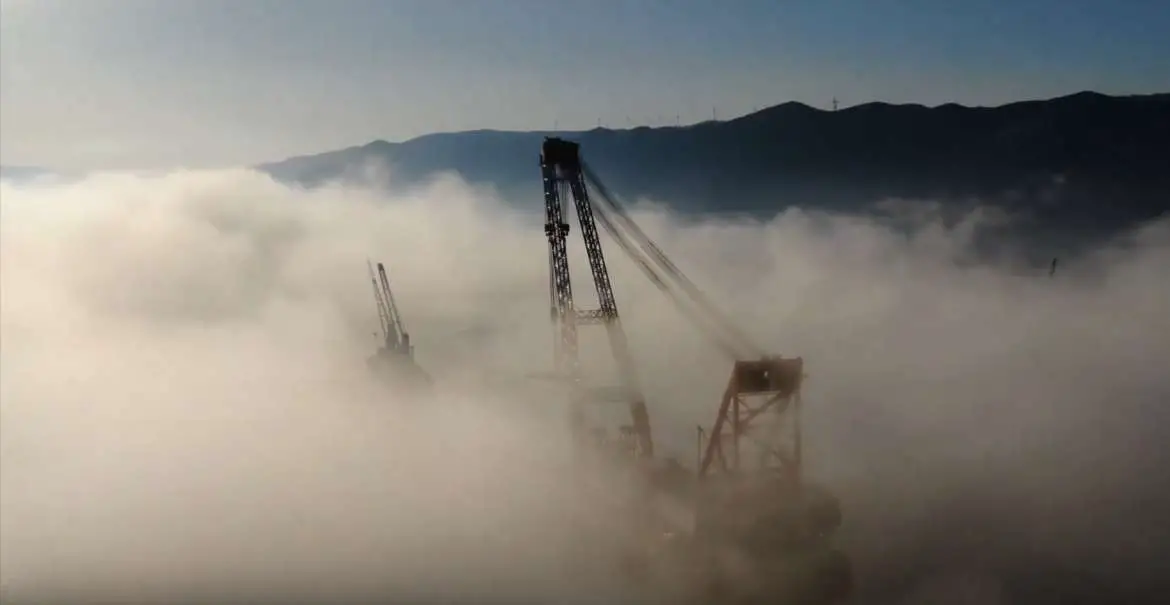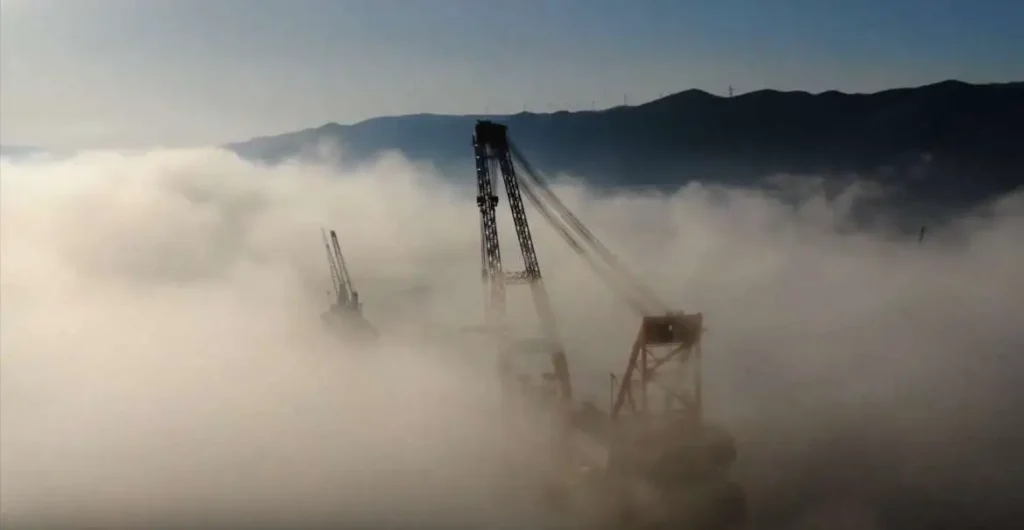
Ever wondered just how the works on the long awaited Peljesac bridge are actually progressing? This huge structure is a strategic project for not only Croatia but for the EU, as it will finally connect this European Union territory, removing the need for a border crossing through Bosnia and Herzegovina when travelling between the extreme south of Dalmatia and the rest of the country.
The removal of the need to quickly cross into and then out of a non-EU country, Bosnia and Herzegovina, carries an enormous amount of weight for both Croatia and the EU as a whole, and despite issues raised by various Bosnian politicians and the standstill caused by the ongoing coronavirus pandemic, Peljesac bridge continues to rise.
As Poslovni Dnevnik writes on the 2nd of July, 2020, a total of eleven cameras were installed on five construction sites.
If you’re wondering about the progression of the works on Peljesac bridge and you don’t live close to it to be able to take a look for yourself, you can now watch via a web platform. Peljesac bridge’s construction site can now be seen not only from any part of Croatia, but also from any part of the world via the web platform connectedcroatia.eu/povezanahrvatska.eu.
Namely, the Ministry of Maritime Affairs, Transport and Infrastructure launched this page to inform the public about the progress of contracted projects co-financed by EU funds, and the aforementioned cameras were installed at the most important areas of the construction site to monitor the daily progress and the current status of work on them.
In addition, new photos are published every day, writes Večernji list.
A total of eleven cameras were installed at five construction sites. The construction of Peljesac bridge itself is covered by two cameras, one from the mainland, the other from the peninsula, and the same number are placed on the access roads.
Three cameras have been installed on the railway construction site from Dugo Selo to Krizevci, and two cameras have been placed on the reconstruction of the Brajdica railway station. The ferry port of Tkon and the western part of the port of Cres are both filmed by one camera.
For more, follow our lifestyle page.









